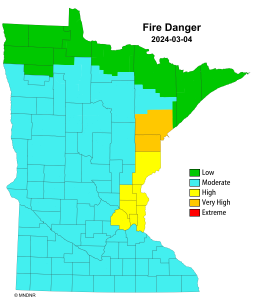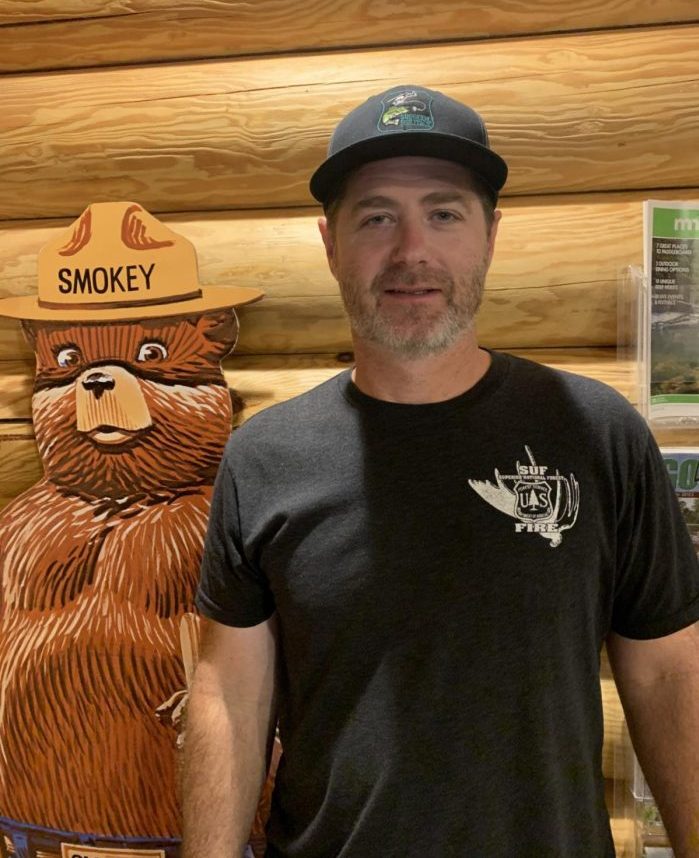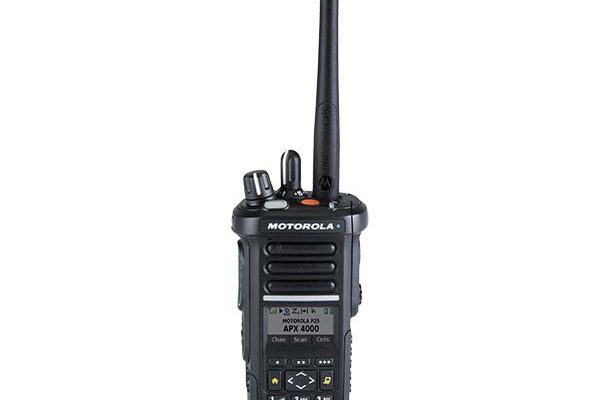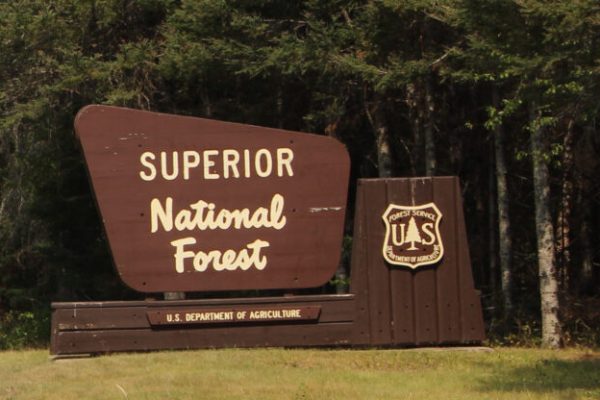Wildfire season in northern Minnesota expected to begin six weeks early
The minimal snow conditions and warmer temperatures experienced this winter in northern Minnesota have led many to wonder about the outlook for the upcoming wildfire season.
“This season, we’ve seen the fire season being expedited,” Nick Petrack, the forest fire management officer for Superior and Chippewa National Forests, said.
Petrack said, “Everything is happening approximately six weeks earlier than normal fire season.”
Typically, the fire season begins in late May, when the snow recedes from the forest. However, with already minimal snow on March 4, fire season will arrive much sooner.
To prepare for the early arrival of fire season, the U.S. Forest Service is actively holding pre-planning meetings with various partners, including the Minnesota Department of Natural Resources, the National Park Service, area fire departments, tribal partners, and more.
“We get briefed weekly, sometimes daily, depending on what’s happening with fire activity,” Petrack said. The Forest Service monitors weather patterns and long-term forecasts with meteorologists and fire specialists.
Petrack said the current outlook for March and April shows continued above-normal temperatures paired with below-average precipitation. It is hard to predict what May or June will bring in northern Minnesota, Petrack said.
“We don’t go much beyond the month of May just because it’s extremely difficult to forecast, especially up in northern Minnesota,” he said.
While fire danger remains low in the Superior and Chippewa National Forests as of March 4, the southern part of Minnesota is a much different story. On March 3, warmer-than-usual temperatures paired with high winds created a red flag warning for central and southern Minnesota. The warning was due to extreme fire risk conditions.
Below is a March 4 Minnesota DNR fire danger map showing current conditions:

Minnesota DNR Fire Danger Map – March 4
In the coming weeks, Petrack said the Forest Service will monitor fuel moisture conditions, snowpack, vegetation, and automated weather stations to stay current on conditions. “There’s definitely a deficit of snow across the entire forest,” Petrack said.
While fire danger is low in northern Minnesota, conditions can change rapidly. “We can really go from a low fire season, low fire danger, up to a moderate or high really quickly,” Petrack said. “So just because it’s low today doesn’t mean it’ll be low tomorrow.”
WTIP’s Kalli Hawkins spoke with Nick Petrack, the Superior and Chippewa National Forest’s fire management officer, about the wildfire season’s outlook. Petrack shares information for homeowners and outdoor recreationists to minimize wildfire risk and further details on Forest Service monitoring. The audio from the interview is below.















